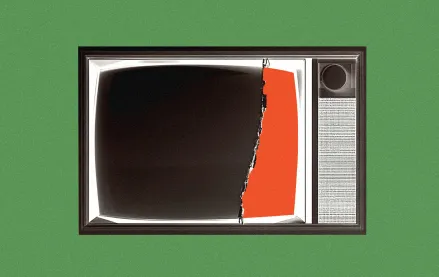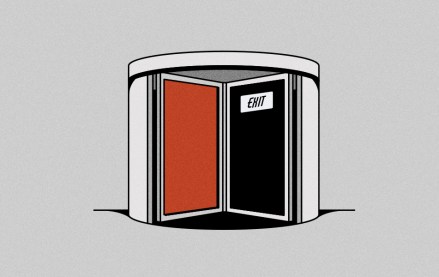Publishers see a slow shift, not rush, to first-price programmatic ad auctions
Programmatic media is slowly shifting from second-price auctions to first-price auctions, where the highest bidder pays the price they submitted.
Publishers at the Digiday Programmatic Media Summit in New Orleans said they have started testing the first-price model at a small scale. While the publishing executives interviewed for this story are not sure how effective first-price auctions will be, they said second-price auctions no longer work well because of various bidding dynamics in an auction.
Excerpts from their comments appear below, edited for clarity and length.
Paul Bannister, evp of strategy, CafeMedia
We have started testing first-price auctions with three midsize exchanges to sell display ads, which probably represents less than 5 percent of our overall inventory. Early testing shows good signs, as we see better CPM win rates. But we don’t plan to roll out first-price auctions to private marketplace deals anytime soon, as we see big price spikes with first-price — we may be able to make good money in the short run, but we want our advertisers to understand the auction model and feel comfortable with that first.
Chip Schenck, vp of programmatic sales and strategy, Meredith
We just started testing first-price with Index Exchange today. With second-price auctions, the buyer mentality is to win an auction because advertisers know that even if they bid the highest price, they will end up paying less. But with first-price auctions, media buyers pay based on what they believe what an impression is worth — they have the incentive to lower their bids because they are supposed to pay the amount they bid, and nobody wants to overpay for an impression. If first-price and second-price take place concurrently in an auction, the first-price auction will floor the second-price auction.
Justin Festa, chief digital officer, LittleThings
We haven’t yet tested first-price auctions because we can’t flip the switch and say to advertisers that we want to run first-price — it depends on if our advertisers want to do it. I’m definitely interested in first-price because if everybody just uses Google AdX, then second-price would be fine, but header bidding destroys that waterfall structure. I like the idea that with first-price, advertisers can bid the true value of an impression and win the auction. With second-price auctions, a media buyer relies on the exchange to have a strong second-highest price in order to win the final auction, even though the buyer is willing to pay much more.
Jana Meron, vp of programmatic and data strategy, Business Insider
Second-price is not bad. The reason people are moving to first-price is because of transparency. Over time, first-price auctions will help buyers understand the true value of an impression. But second-price can be competitive with small data segments where there are a lot of bids for little inventory.
Ross Benes contributed reporting
More in Marketing

Pitch deck: How Amazon is recasting Twitch as a core part of its CTV pitch
Amazon is positioning Twitch as a defining asset in its CTV ambitions.

Netflix transforms former mall department stores into experiential venues
The location in Dallas opens this week, and one at the King of Prussia mall near Philadelphia opened last month.

Future of Marketing Briefing: AI has created a new talent paradox in programmatic agencies
The job isn’t execution anymore. AI handles that. The job is judgement.








